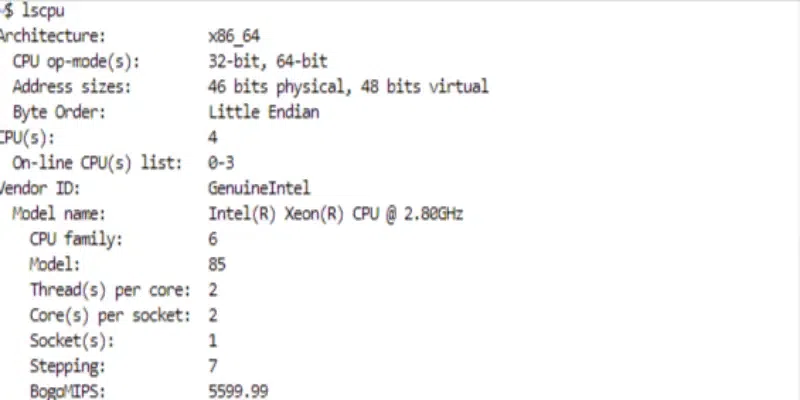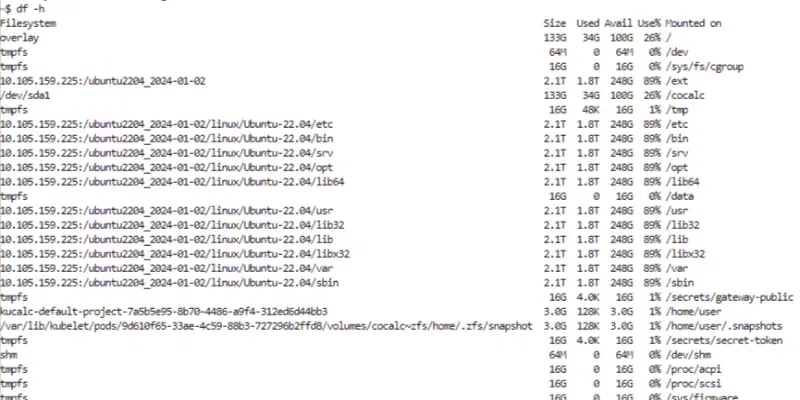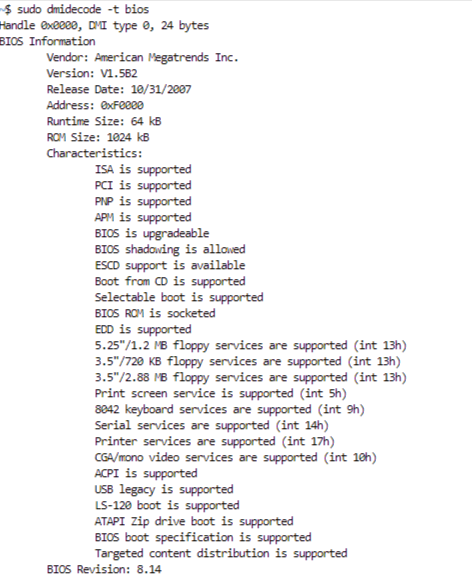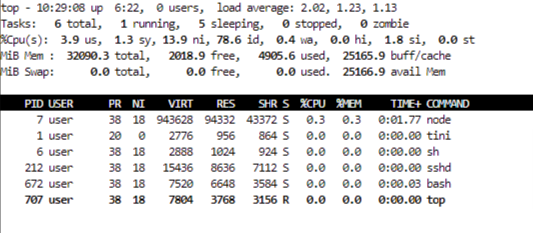
|
|
In the world of computers, where it’s crucial to be accurate and understand things well, Linux is like a helpful guide. It’s an operating system that’s open for everyone to use, giving a strong and safe space for your computer activities. What’s cool is that Linux comes with special commands that help you understand more about your computer’s insides – like its hardware and how it uses resources. Let’s take a simple tour through 10 important Linux commands. These commands are like secret codes that show you how your computer works, helping you know more about its design, how well it’s doing, and its overall condition. It’s like having a superpower to understand and take care of your computer better10 Linux Commands to Collect System and Hardware Information How to Show USB informationTo learn more about the USB devices that are available, use the lsusb application. This tool might not be included by default in your distribution. To access it, install the usbutils package: lsusb
How to get Uptime commandThe uptime command shows the average load on your system and how long it has been operating for.The uptime command is as easy to use as opening a terminal window and typing uptime
How to View Linux System InformationUse the uname command without any switches to print system information, or the uname -s command to display your system’s kernel name, if you just want to know the system name. uname
How to Display CPU informationA thorough overview of your CPU’s capabilities, including model details, core counts, speeds, flags, virtualization capabilities, and security mitigations implemented, is provided by the lscpu utility. lscpu
How to view Disk space in detailThe amount of disk space that is utilized and available on your file systems is displayed by running Df with the -h (human-readable) option. df -h
How to Display PCI informationTo obtain details about your PCI devices, the next item on the list is lspci. Included in the pciutils package, this tool could require installation based on your distribution: lspci
How to View Linux CPU InformationUse the lscpu command to examine information about your CPU architecture. It pulls data from sysfs and /proc/cpuinfo to display details about your CPU architecture, including the number of CPUs, cores, CPU family model, CPU caches, and threads. sudo dmidecode -t bios
How to get System’s memory usageThe free command displays information about the system’s memory usage. This command can be helpful if you need to determine how much free memory is available on your system. To use the free command, simply open terminal and type free -h
How to get System’s processes informationThe top command shows details about the processes running on the system, including how much RAM and CPU they are using. top
How to List block devicesCompile a list of all the information stored in block devices, including flash drives, optical media, and hard disk partitions. lsblk
FAQs on Linux Commands to Collect System and Hardware InformationWhat is system and hardware Information used for?
What is Linux and why it is used?
Why Linux commands are important?
Why do we use free commands in Linux?
Can you use Linux without commands?
ConclusionIn this article we discussed important commands in Linux that help you gather detailed information about your computer’s hardware. These commands, like lsusb, uptime, uname, lscpu, df, lspci, dmidecode, free, top, and lsblk, provide details about USB devices, system uptime, CPU, disk space, and more. Knowing these commands is useful for monitoring your system and checking if your hardware and software are compatible. The article also answers common questions about why this information is important and how Linux, as an open-source operating system, works. While you can do regular things on Linux without using commands, they become handy when dealing with specific or more complicated issues. |
Reffered: https://www.geeksforgeeks.org
| Geeks Premier League |
Type: | Geek |
Category: | Coding |
Sub Category: | Tutorial |
Uploaded by: | Admin |
Views: | 12 |








-(2).png)